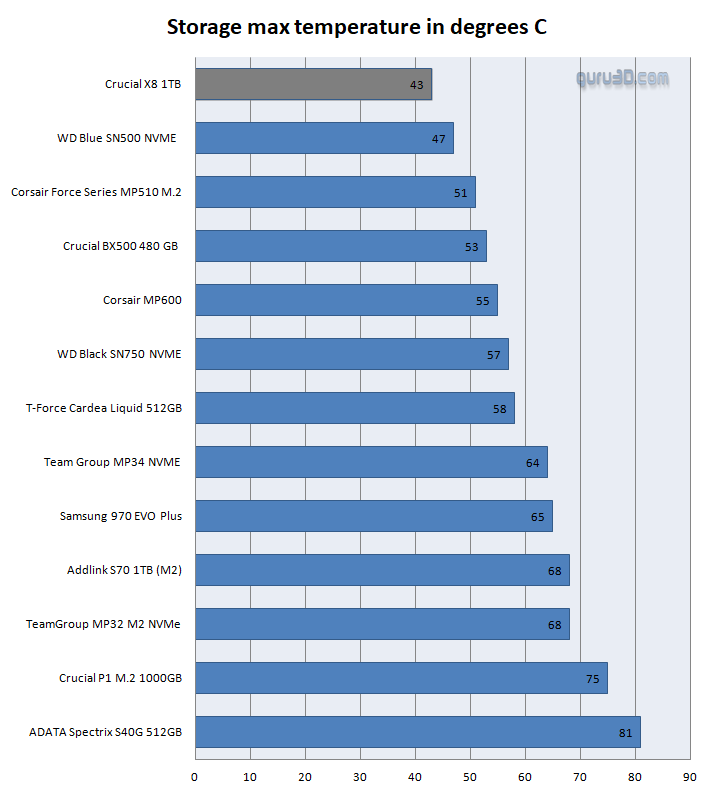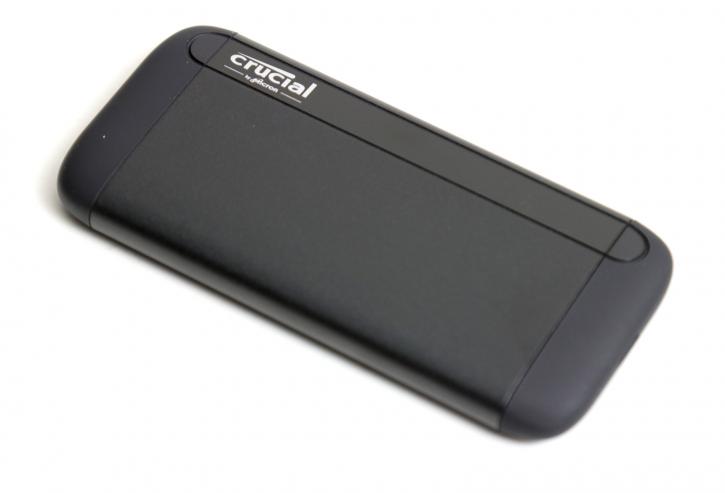Final Words & Conclusion
Final Words & Conclusion
I believe it is fair to say that the X8 series is one of the faster USB 3.2 devices on the market; they are fast enough to do everything that needs to be done on a USB port and then some. While this device provides lightning-fast performance, it is also one of the more affordable options. You may be aware that when using external storage, write performance is critical, although read performance is less so (IMHO). A decade ago we were copying our stuff at 20-30 MB/sec via a USB Flash drive. In the last couple of years, times have certainly changed to 250-400 MB/sec, and now, with NVMe technology and a 10/20 Gbps USB connector, we easily reach the 1 GB/sec mark. I'm not sure about you, but the Crucial X8's speeds are surely fast enough for anything I need for external/portable storage. Over USB, this device is even faster than an enthusiast-class SATA3 SSD. That's fantastic.
Pricing and some QLC
A secondary important factor is that prices have continued to fall as new NAND technologies have been developed. Whereas Samsung would easily charge $500 for their Thunderbolt version, this 1 TB unit is priced at $119.95 and $189.95 for 2TB. So there are drawbacks. It is debatable if the use of QLC is justified or a good choice. I have no issue with it as an external storage unit is used far less than say the P1 NVME M.2 SSD. And it's all the same. The industry faces several challenges, including the fact that end-users will not readily 'trust' QLC in terms of a number of writes and reliability. We've seen the same thing with TLC, which is now a widely used NAND storage technology. Crucial, though, is that this item comes with a 3-year warranty, which is really good and something that QLC desperately needs in terms of user trust. Write performance, depending on workload, will be around 600 MB/sec sustained and linear copying multi-gig files (ISO/ UHD Movies, etc.). The trend from there is upward, closer to that 1 GB sec range.
Temperatures, by the way, are not an issue. The internal M.2. SSD controller is underutilized, and the enclosure is a massive heatsink. Load temperatures have not exceeded 45 degrees Celsius. It also incorporates throttling protection in case it overheats. Crucial did a great job with this one; basically, it's an M2 unit operating over an ASMedia USB chip with good cooling in a very slick design. The performance numbers are excellent. Remember, we haven't tested a 'traditional SSD or M2 unit' if you need to transfer HUGE files on a regular basis, for the money this looks to be fantastic.
Concluding
Even though the cost could be a little better, we have to admit that we like the X8 a lot. It is one of the better 'USB sticks' you can buy for the money. A 10/20Gbps USB connector, also known as USB 3.1 / 3.2 Gen2, is definitely required. With a Gen1 connector, you'll halve the bandwidth, and get restricted at 625 MB/sec minus stuff like error-correction and latency from that USB interface. But even then, that's super fast for anything on USB. Most if not all motherboards from the year 2019 and later have a 10 Gbps USB jack though. NAND type, personally I am not worried about the usage of QLC as drive wearing technologies have become so much better. Crucial is going large in volume with these units and will be offering a 2TB unit also. We had no issues with it in terms of stability or compatibility, and it is just the coolest looking, simple to carry about portable storage device. It's not particularly light, however, because Crucial designed the shell to function as a heatsink. Overall, with these speeds, you'll love it.
Recommended Downloads
- Sign up to receive a notification when we publish a new article
- Or go back to Guru3D's front page



